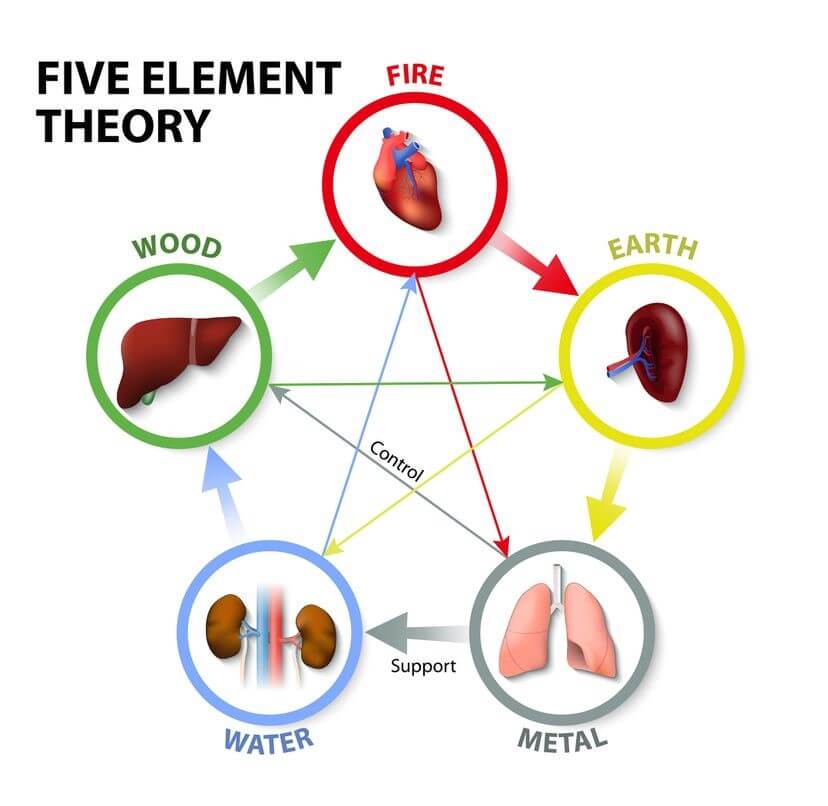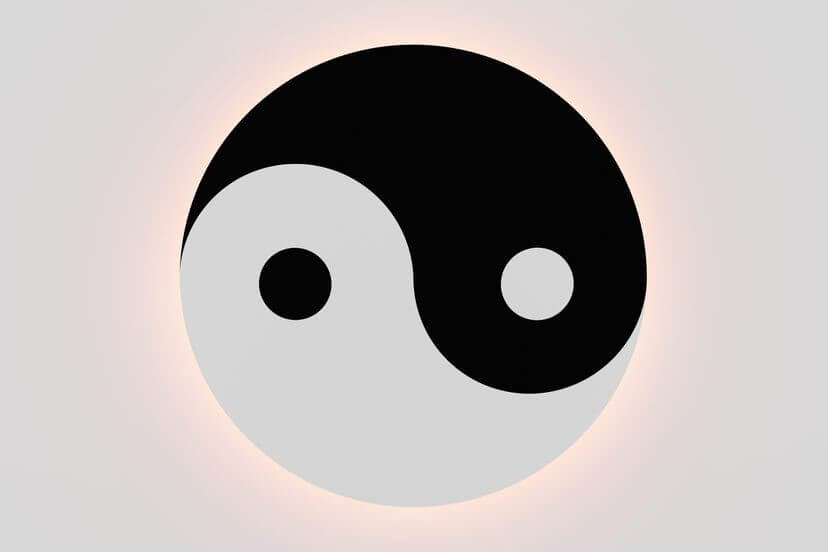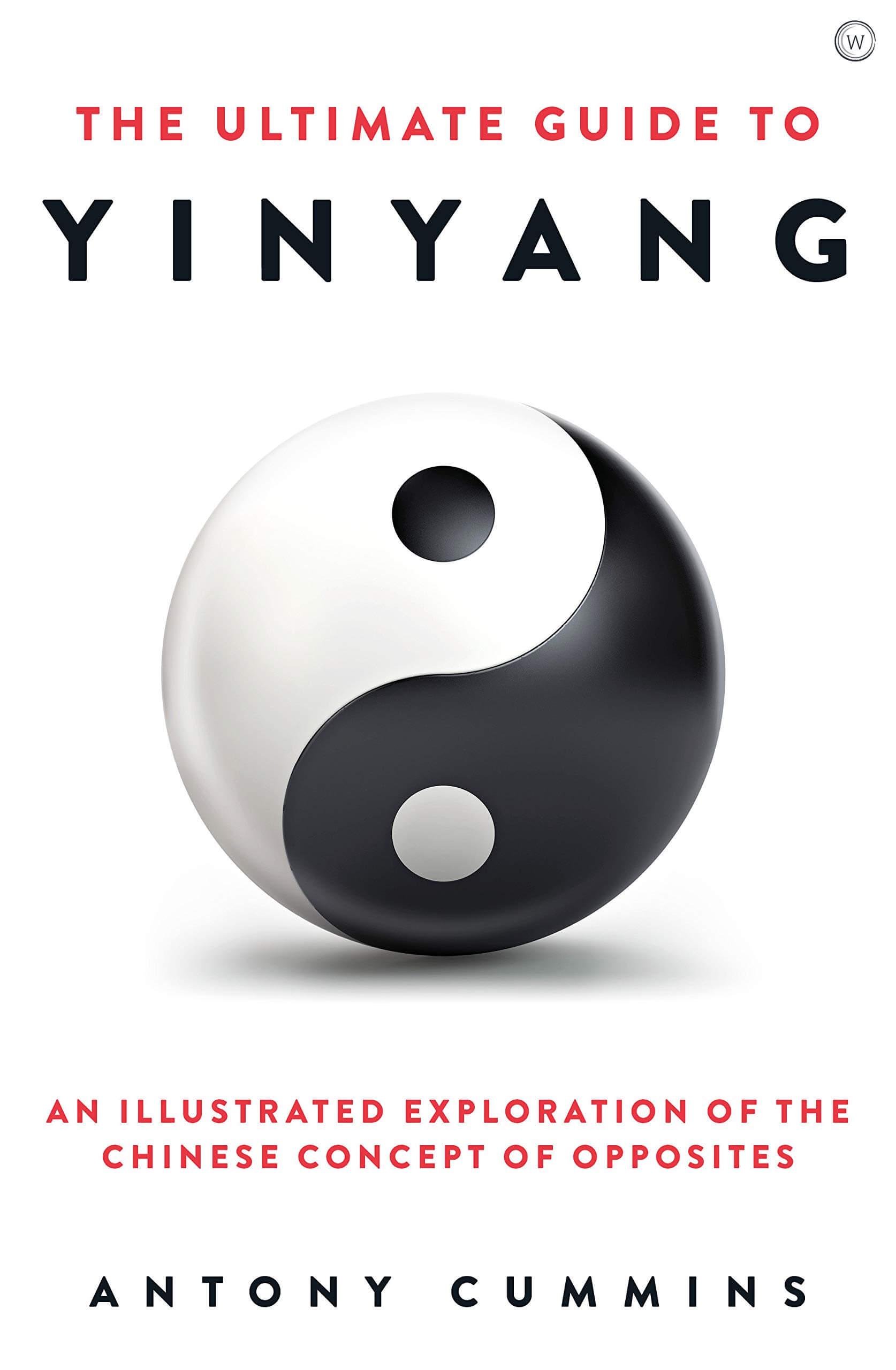
The Philosophy of Yin & Yang Is Central To Chinese Culture
The theory of yin and yang explains the constantly changing state of the universe. It is represented by this yin and yang symbol of a circle with light and dark parts.
By: Bill Schoenbart & Ellen Shefi | How Stuff Works
Yin and yang is a concept of Chinese philosophy, reflecting the principle of balance. Yin and yang was first conceived through observing the forces of nature. The Taoists who developed the system of traditional Chinese medicine saw the universe as a unified field, constantly moving and changing while maintaining its oneness. This constant state of change was explained through the theory of yin and yang, which appeared in written form around 700 B.C.E. in the I Ching (“Book of Changes“).
According to the theory, nature expresses itself in an endless cycle of polar opposites such as day and night, moisture and dryness, heat and cold, and activity and rest. Everything in nature can be expressed as the opposition of yin and yang. This is the energizing force of all aspects of nature. It is dynamic and the basic foundation for change in nature.
The yin symbol is “female” and exhibits the nurturing qualities of darkness, rest, moisture, cold and structure. Its Chinese character depicts the shady side of a hill.
The yang symbol is “male” and exhibits the qualities of energy such as light, activity, dryness, heat, and function. Its Chinese character represents the sunny side of a hill.
Everything in nature exhibits varying combinations of both yin and yang. For example, the morning fog (yin) is dissipated by the heat of the sun (yang); the forest fire (yang) is extinguished by the rainstorm (yin); the darkness of night (yin) is replaced by the light of day (yang). Any phenomenon within nature can be understood in relation to another; one will always be yin or yang in comparison with the other.
Basic Principles of Yin & Yang

The yin and yang concept has existed since the third century B.C.E. A cosmologist named Zou Yan (or Tsou Yen) was a principal proponent. He believed that life went through five phases or elements — fire, water, metal, wood and earth — which continuously changed according to the principles of yin and yang. The yin-yang philosophy underpins many aspects of Chinese culture, including traditional Chinese medicine, feng shui, martial arts and Taoism.
Yin and yang are also relative terms: A forest fire is more yang than a campfire; a campfire is more yang than a spark. Nothing is purely yin or yang; it is always a matter of comparison.
Yin and yang are interdependent. Even though yin and yang are opposites, one has no meaning without the other. For example, day would have no meaning without night; heat cannot be understood without knowing what cold feels like; fever and chills can’t be determined without experiencing the normal body temperature.
Yin creates yang; yang creates yin. Numerous examples of this principle can be seen in nature. For example, on a hot summer day (yang), there is a sudden thunderstorm (yin). A person may get symptoms of chills and a runny nose (yin) that turn into a fever with a sore throat (yang). A hyperactive child runs around frantically (yang), then suddenly falls asleep (yin).
Yin and yang mutually control each other. This is the basic mechanism of balance in nature and the human body. When the body gets overheated from exercise, the pores open and sweating lowers the temperature. When the body gets too cold due to exposure, the muscles shiver to generate heat.
Beyond nature, other things have yin and yang energy. Odd numbers are yang. Even numbers are yin. Fire is yang. Water is yin. The colour orange is yin while the colour blue is yang. The important concept to remember is that neither is superior to the other.
The Yin-Yang Symbol

The yin-yang symbol (Taijitu) is sometimes known as the Taoist symbol or the Tai Chi symbol. It consists of a circle split into two teardrop-shaped halves — one black and one white. Inside each half is a smaller circle of the opposite colour, like a dot. Even though yin and yang are opposites, they’re not enemies. In fact, they need each other. That’s why there’s a little bit of yin in the yang half (the black dot), and a bit of yang in the yin half (the white dot). It’s to show you can’t have a shadow without light, or quiet without noise.
The curvy line between yin and yang demonstrates that life is never all one way or another. Things are always changing, and that’s O.K. We all have quiet moments (yin) and active moments (yang), and life is about finding a balance between the two.
In ancient times, the Chinese used a gnomon, or a vertical pole, to track the movement of the sun. By observing the length and direction of the pole’s shadow, they could tell the time of day, the season and the time of year. Observing cyclical changes over the solar year also led to the understanding of the dualistic nature of reality: light and dark, day and night, summer and winter.
Some historians think that the yin-yang sign looks like the daily change of a pole’s shadow length during the year. The white part of the symbol (yang) represents the longest day of the year when the gnomon’s shadow is at its shortest, and the black part (yin) symbolizes the longest night of the year when the shadow is at its longest. The dots within each half signify that within each force exists the seed of its opposite.
Yin & Yang In Traditional Chinese Medicine
Since the Taoists believe that everything is part of the oneness of the universe, they make no distinction between the external forces of nature and the internal processes of the human body, believing that “the macrocosm exists within the microcosm.” In other words, any process or change that can be witnessed in nature can also be seen in the body.
For example, a person who eats cold food (yin) on a cold, damp day (yin) may experience excessive mucus (yin). Similarly, a person who performs strenuous activity (yang) on a hot day (yang) might experience dehydration with a fever (yang). Some of the traditional diagnoses sound like weather reports, such as “wind and cold with dampness” (a yin condition) or a “deficiency of moisture leading to fire” (a yang pattern).
These diagnostic descriptions illustrate the principle that the body experiences the same fluctuations of yin and yang as the environment. The internal organs also have their own yin-yang balance.
Yin functions tend to be nourishing, cooling, building and relaxing; they relate to the structure, or substance, of the organs. Yang qualities tend to be energizing, warming, consuming and stimulating; they relate to the functional activity of the organs.
For example, the kidneys are considered the source of yin (water) and yang (fire, or metabolism) for the entire body. If the kidney yin is deficient or depleted, a person can experience hot flashes and night sweats, as occurs in menopause when estrogen (yin) levels decline. This is due to insufficient moisture (yin) to keep the metabolic fire (yang), which keeps the body warm, under control.
Traditional Chinese medicine applies this ancient theory of yin and yang in clinical practice. In the case of kidney yin deficiency, the therapeutic principle is to tonify (fortify) the yin and sedate the hyperactive yang.
This is achieved with a classic formula known as “Rehmannia Teapills” which contain three herbs that nourish the kidneys’ yin and three herbs that clear the heat that arises from the lack of the cooling and moistening yin functions.
In kidney yang deficiency, similar herbs are used to nourish the kidney, with the addition of warming metabolic stimulants such as Aconite root and cinnamon bark.
Since all the organs have similar yin and yang aspects, it is possible to monitor and adjust the yin and yang levels of all parts of the body, maintaining a high level of vitality and preventing disease.
This is achieved not only with herbs but with changes in diet and lifestyle. In this way, the ancient observations of the Taoists have practical applications in our own quest for wellness.
Portions of this article were created in conjunction with AI Technology.
Yin-Yang Yoga
The yin and yang philosophy can be applied to yoga. Yang yoga, such as hatha or Ashtanga yoga, is the more dynamic version, where the poses strengthen the body and build muscles. In yin yoga, the poses are held for longer (say, three to five minutes or more) and the focus is on stretching the body and quieting the mind. A yin-yang yoga class will combine both elements, starting with yin yoga.
* * *
The Ultimate Guide To Yin Yang

* * *
READ MORE: Genetic Risk Outweighs Age: Machine Learning Models Rank Predictive Risks For Alzheimer’s Disease
Read more on Natural Wisdom Healing: The Illusion of Evidence-Based Medicine
Liked it? Take a second to support Collective Spark.
We’d love to hear from you! If you have a comment about this article or if you have a tip for a future Collective Spark Story please let us know below in the comment section.
